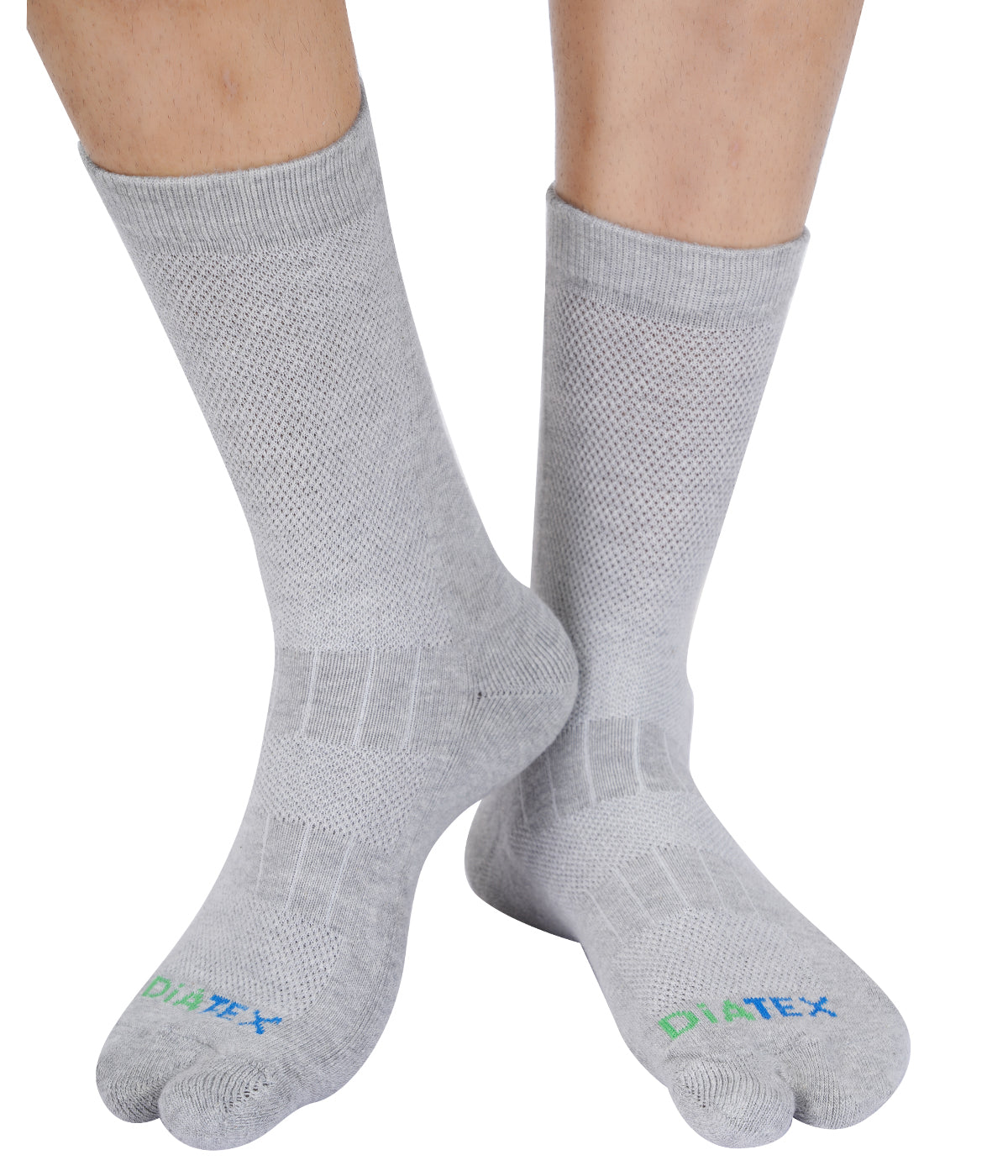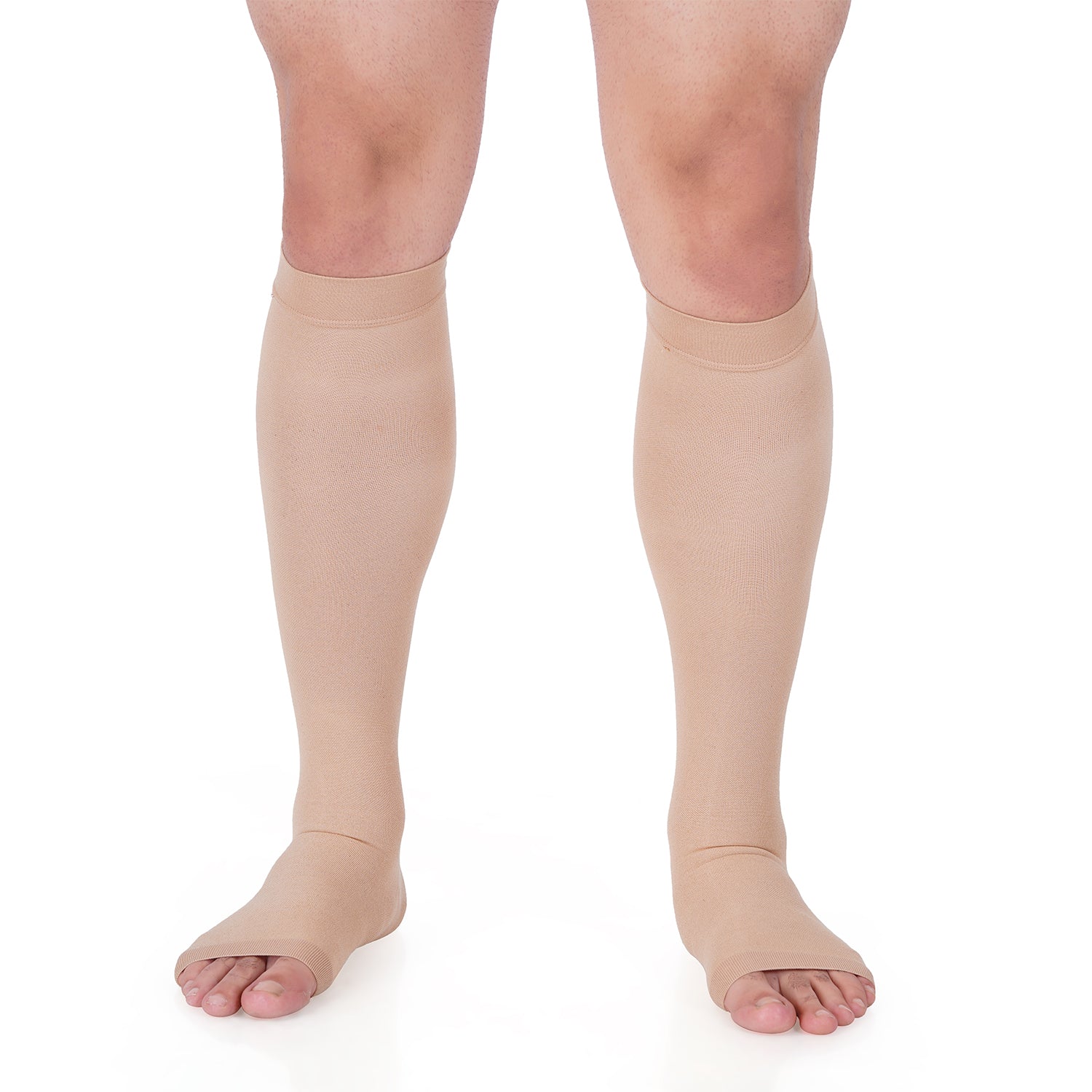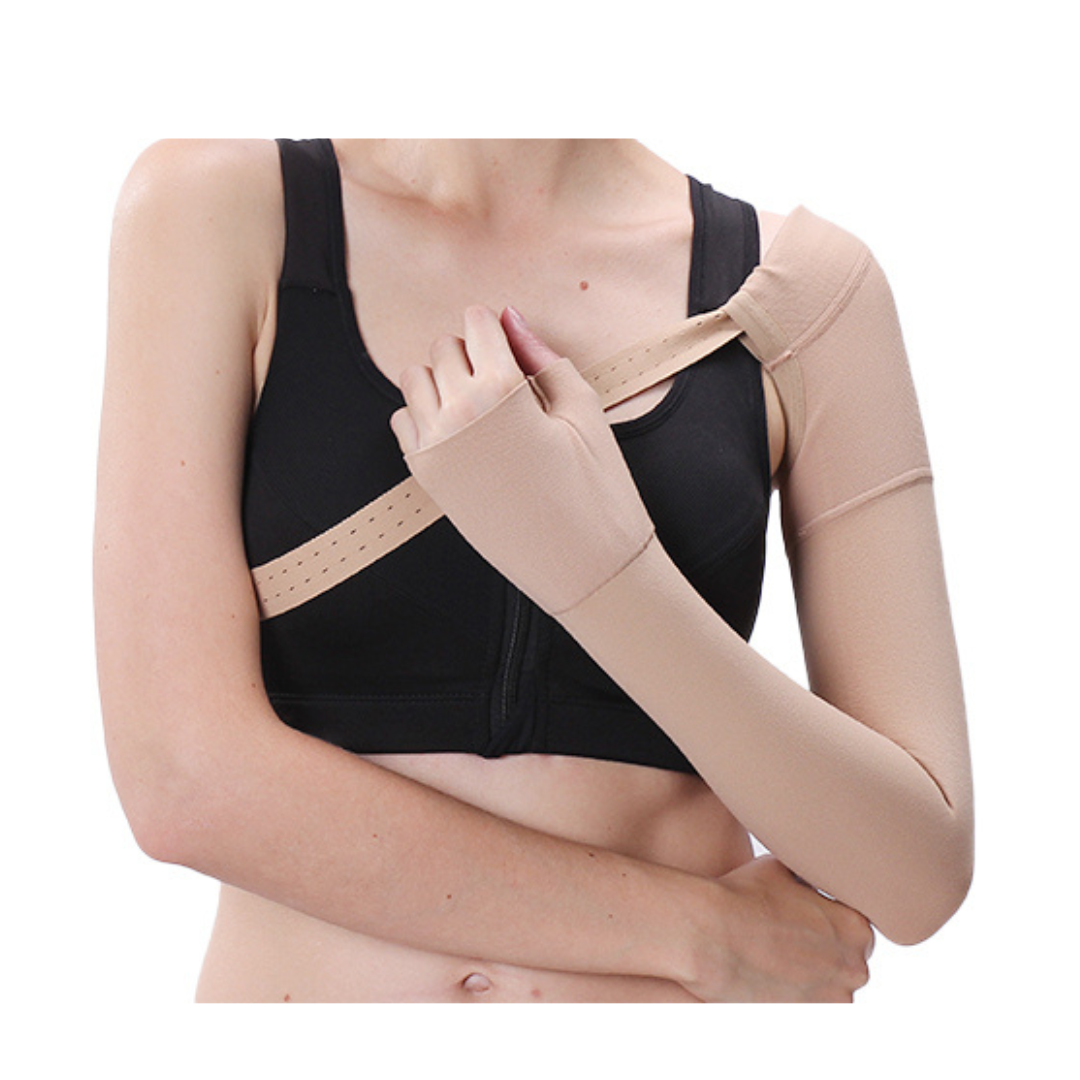Introduction
Compression stockings have long been a staple in managing various medical conditions, promoting blood flow, and preventing issues such as deep vein thrombosis (DVT). Over the years, these stockings have evolved significantly, thanks to technological advancements. In this article, we'll delve into the remarkable progress made in compression stocking technology, exploring new materials, manufacturing techniques, and even smart features that enhance their efficacy and user experience.
The Basics of Compression Stockings
What Are Compression Stockings?
Compression stockings are specialized hosiery designed to apply pressure to the legs, helping to maintain blood flow and reduce discomfort and swelling. They are commonly used by individuals with circulation issues, those recovering from surgery, or people who spend long periods on their feet.
How Do They Work?
These stockings work by exerting graduated pressure, which is highest at the ankle and gradually decreases up the leg. This pressure gradient helps push blood back towards the heart, reducing the risk of blood pooling in the legs and improving overall circulation.
Types of Compression Stockings
- Graduated Compression Stockings: These are the most common type, offering different pressure levels at different points on the leg.
- Anti-Embolism Stockings: Typically used in a hospital setting, these stockings prevent blood clots in bedridden patients.
- Non-Medical Support Hosiery: These offer mild compression and are often used for comfort and to reduce mild swelling.
Traditional Materials and Manufacturing
Early Materials Used
Originally, compression stockings were made from materials like cotton and rubber. These materials provided the necessary compression but often lacked comfort and breathability.
Traditional Manufacturing Techniques
Early manufacturing techniques were relatively basic, involving standard knitting methods that could result in seams and inconsistencies in pressure distribution.
Innovative Materials in Compression Stockings
High-Tech Fibers
Modern compression stockings, including popular brands like Medtex compression stockings, are now made with advanced fibers such as spandex, nylon, and Lycra. These materials offer superior elasticity, durability, and comfort, making them ideal for long-term wear.
Breathable Fabrics
Newer fabrics are designed to be more breathable, wicking moisture away from the skin and reducing the risk of skin irritation and discomfort.
Antimicrobial Treatments
Many of today's compression stockings are treated with antimicrobial agents, which help prevent odors and bacterial growth, maintaining freshness even after prolonged use.
Advanced Manufacturing Techniques
Seamless Knitting Technology
Seamless knitting technology has revolutionized the production of compression stockings, eliminating uncomfortable seams and ensuring consistent pressure distribution throughout the stocking.
3D Knitting
3D knitting allows for more precise control over the compression levels and fit of the stockings, resulting in a more tailored and effective product.
Custom-Fit Compression Stockings
With the advent of digital scanning and measurement technologies, custom-fit compression stockings are now available, providing an exact fit that enhances both comfort and therapeutic effectiveness.
Smart Compression Stockings
Integration of Wearable Technology
One of the most exciting advances is the integration of wearable technology into compression stockings. These smart stockings can monitor various health metrics, such as blood flow and pressure levels, providing real-time data to both the user and their healthcare provider.
Sensors and Data Collection
Embedded sensors in smart compression stockings collect data on the wearer's activity, circulation, and even the fit of the stocking, ensuring optimal performance and comfort.
Real-Time Monitoring and Feedback
Users can receive immediate feedback on their mobile devices, allowing them to adjust their activity or stocking usage to maximize health benefits.
Benefits of Technological Advances
Improved Comfort and Fit
Advancements in materials and manufacturing techniques have made modern compression stockings more comfortable and better fitting than ever before, encouraging more consistent use.
Enhanced Efficacy
With precise control over compression levels and the ability to monitor and adjust usage in real-time, today's compression stockings are more effective at promoting blood flow and preventing medical issues.
User Convenience and Compliance
Technological improvements have also made these stockings easier to put on, take off, and care for, leading to higher user compliance and better health outcomes.
Specialized Compression Stockings
Compression Stockings for Athletes
Athletes use compression stockings to enhance performance, reduce muscle soreness, and speed up recovery times. These stockings are designed with specific needs in mind, such as increased durability and moisture management.
Compression Stockings for Pregnancy
Pregnancy-specific compression stockings help manage swelling and discomfort during pregnancy, providing much-needed relief for expectant mothers.
Post-Surgical Compression Stockings
Designed to prevent blood clots and promote healing, post-surgical compression stockings are tailored to meet the needs of patients recovering from surgery.
Sustainability in Compression Stocking Production
Eco-Friendly Materials
The push for sustainability has led to the development of eco-friendly materials for compression stockings, such as recycled fibers and biodegradable options.
Sustainable Manufacturing Practices
Manufacturers are adopting sustainable practices, such as reducing water usage and minimizing waste during production.
Recycling and Disposal
Efforts are being made to create programs for recycling old compression stockings and properly disposing of them, reducing environmental impact.
How to Choose the Right Compression Stockings
Assessing Individual Needs
Selecting the right compression stockings starts with understanding your specific needs. Factors such as the level of compression, intended use, and personal comfort preferences play a significant role.
Consulting with Healthcare Providers
It's essential to consult with a healthcare provider to determine the most suitable compression stockings for your condition. They can provide guidance on the appropriate type and level of compression.
Tips for Proper Use and Care
Proper use and care of compression stockings are crucial for maximizing their benefits. Follow the manufacturer's instructions for putting on, taking off, and maintaining your stockings to ensure they remain effective and comfortable.
Conclusion
The advancements in compression stocking technology have transformed them from basic medical devices into sophisticated health tools. With innovative materials, advanced manufacturing techniques, and the integration of smart technology, compression stockings are now more effective and user-friendly than ever before. As technology continues to evolve, we can expect even greater improvements in their design and functionality, further enhancing their role in promoting health and well-being.
FAQs
What are the main benefits of compression stockings?
Compression stockings improve blood flow, reduce swelling, and help prevent conditions such as deep vein thrombosis (DVT) and varicose veins.
How often should compression stockings be replaced?
It is recommended to replace compression stockings every 3-6 months, depending on usage and wear. Consult the manufacturer’s guidelines for specific recommendations.
Are there any side effects of wearing compression stockings?
Side effects are rare but may include skin irritation or discomfort if the stockings are not fitted properly. Consult with a healthcare provider if you experience any issues.
Can I wear compression stockings all day?
Yes, compression stockings can be worn all day, but it is essential to follow the guidance of a healthcare provider, especially if wearing them for medical reasons.
How do I know if my compression stockings are working?
Signs that your compression stockings are working include reduced swelling, improved comfort, and a noticeable difference in symptoms related to poor circulation or varicose veins.












